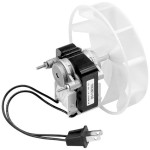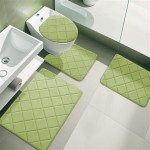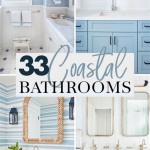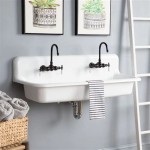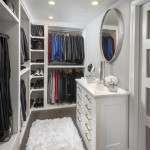Mixing Metals In A Bathroom
When initiating a quest for lavatorial décor, the harmonious fusion of various metallic elements presents itself as a formidable undertaking. Bathrooms, by their very nature, demand a certain level of cohesion and balance, and the judicious intermingling of metals can elevate the ambiance from mundane to magnificent.
The key to successful metal mixing lies in the delicate equilibrium between complementing and contrasting. While dissimilar metals can introduce visual interest, excessive disparity may disrupt the overall aesthetic. Consider the following guidelines to achieve a harmonious blend:
### Warm vs. Cool MetalsMetals can be broadly classified into two categories: warm and cool. Warm metals, such as gold, brass, and copper, exude a sense of coziness and opulence. Cool metals, on the other hand, such as silver, nickel, and chrome, convey a sleek, modern vibe.
Pairing warm and cool metals can create a visually captivating effect. For instance, the warm glow of brass fixtures against the cool sheen of chrome creates a striking contrast that adds depth and dimension to the space.
### Brushed vs. Polished FinishesThe finish of a metal can significantly alter its overall appearance. Brushed finishes impart a matte, subdued look, while polished finishes reflect light, creating a more lustrous effect.
Mixing brushed and polished metals can add textural interest to the bathroom. Brushed nickel fixtures, for example, can complement polished chrome accents, introducing a subtle contrast that enhances the overall design.
### Matching UndertonesMetals often possess subtle undertones, such as yellow, pink, or blue. When mixing metals, it's crucial to consider the undertones to ensure they complement each other.
For a cohesive look, pair metals with similar undertones. For instance, gold and brass have warm, yellow undertones, while silver and nickel have cool, blue undertones. Combining these metals can create a harmonious and balanced composition.
### Choosing Accent MetalsAccent metals can be used sparingly to add a touch of visual interest. These metals should complement the primary metals used in the bathroom but can be more daring in terms of color or finish.
For example, a bathroom with gold and chrome fixtures could feature a statement piece in a contrasting metal, such as a matte black towel bar. This unexpected touch can add a layer of sophistication and intrigue.
### Balancing the ProportionsAs with any design element, the key to mixing metals effectively is to achieve a sense of balance. Avoid overwhelming the space with too many different metals. Instead, choose a dominant metal and use accent metals sparingly to create visual interest.
For instance, in a bathroom with a matte black vanity and mirror, a few polished chrome fixtures can introduce a touch of modern elegance without overpowering the dominant black.
### ConclusionMixing metals in a bathroom can transform a mundane space into a luxurious and visually captivating haven. By following the guidelines outlined above, you can create a harmonious blend of metals that complements the overall design and enhances the user experience.
Remember, the key to successful metal mixing lies in thoughtful planning, careful consideration of undertones and finishes, and a keen eye for balance. With a touch of creativity and attention to detail, you can elevate your bathroom décor to new heights.

Design Tips For Mixing Metals In Bathroom Stefana Silber

Design Tips For Mixing Metals In Bathroom Stefana Silber

A Simple Guide To Mixing Metals In The Bathroom Jane At Home

Mixing Metals In The Bathroom 101 Chris Loves Julia

How To Use Mixed Metals In Your Bathroom Darci Hether

Design Tips For Mixing Metals In Bathroom Stefana Silber

The Best Design Tips For Mixing Metals In Bathroom Chloe Dominik

Is Brass Out How To Mix Metals Like A Pro Colour Trends

5 Design Tips For Mixing Metals In Your Bathroom Kohler Luxstone

How To Mix Metal Finishes Brass Chrome Curio Design Studio

